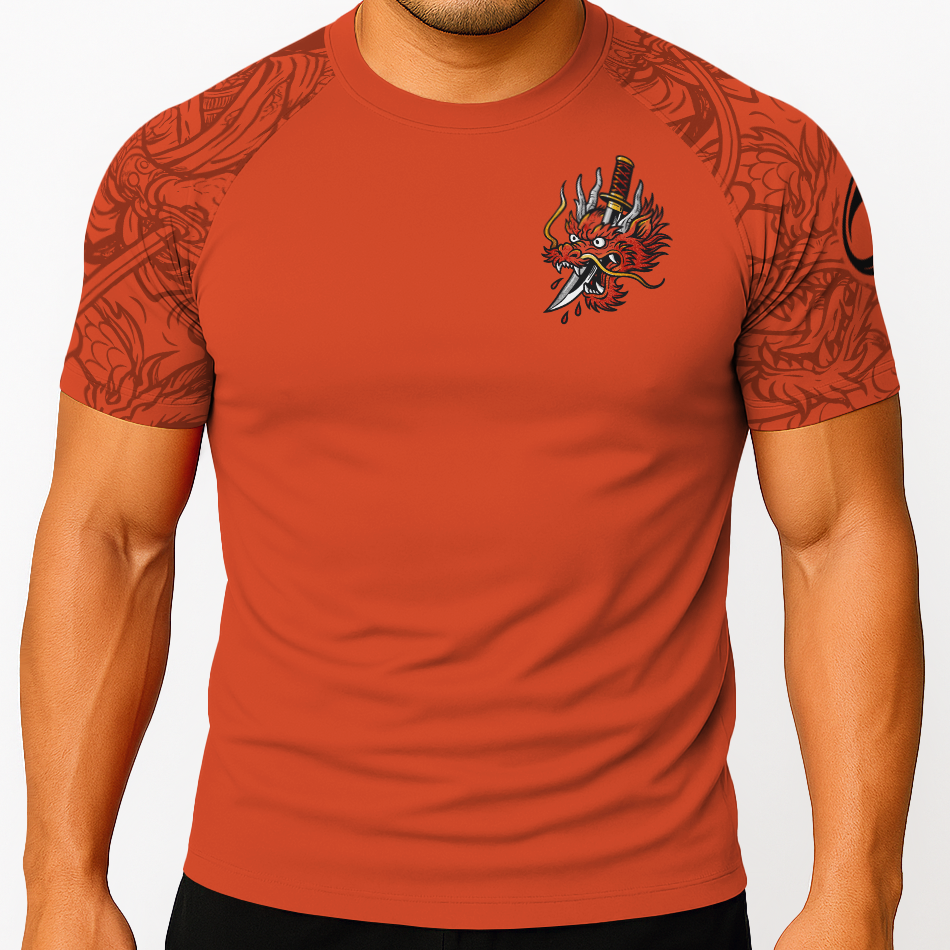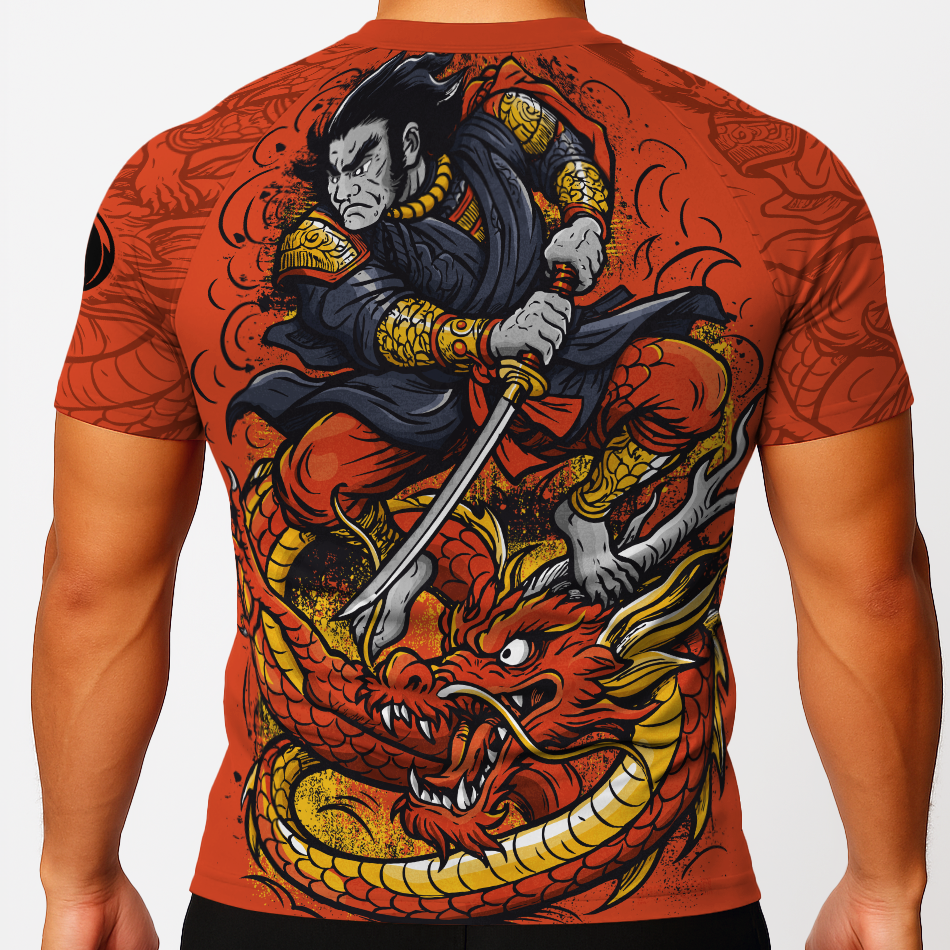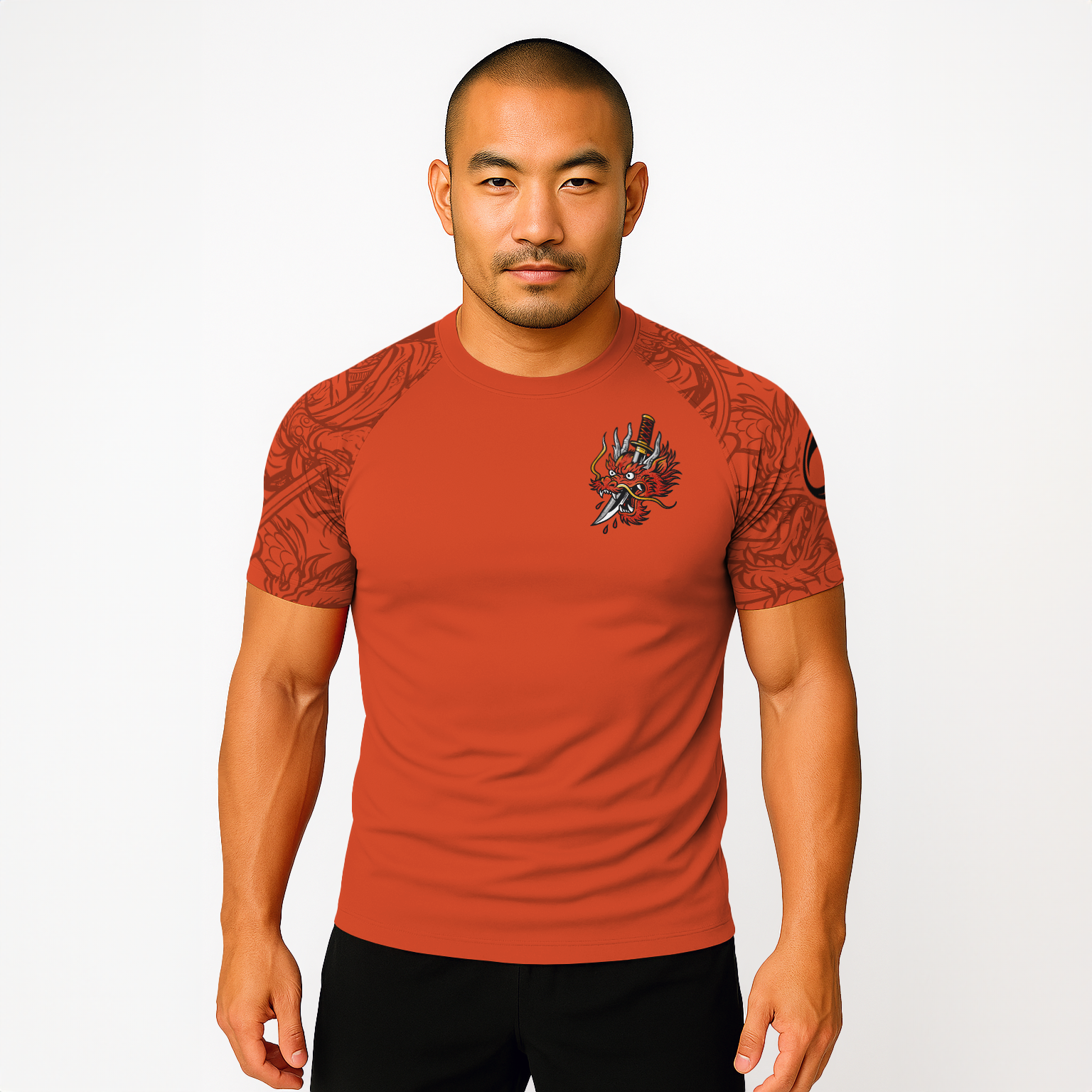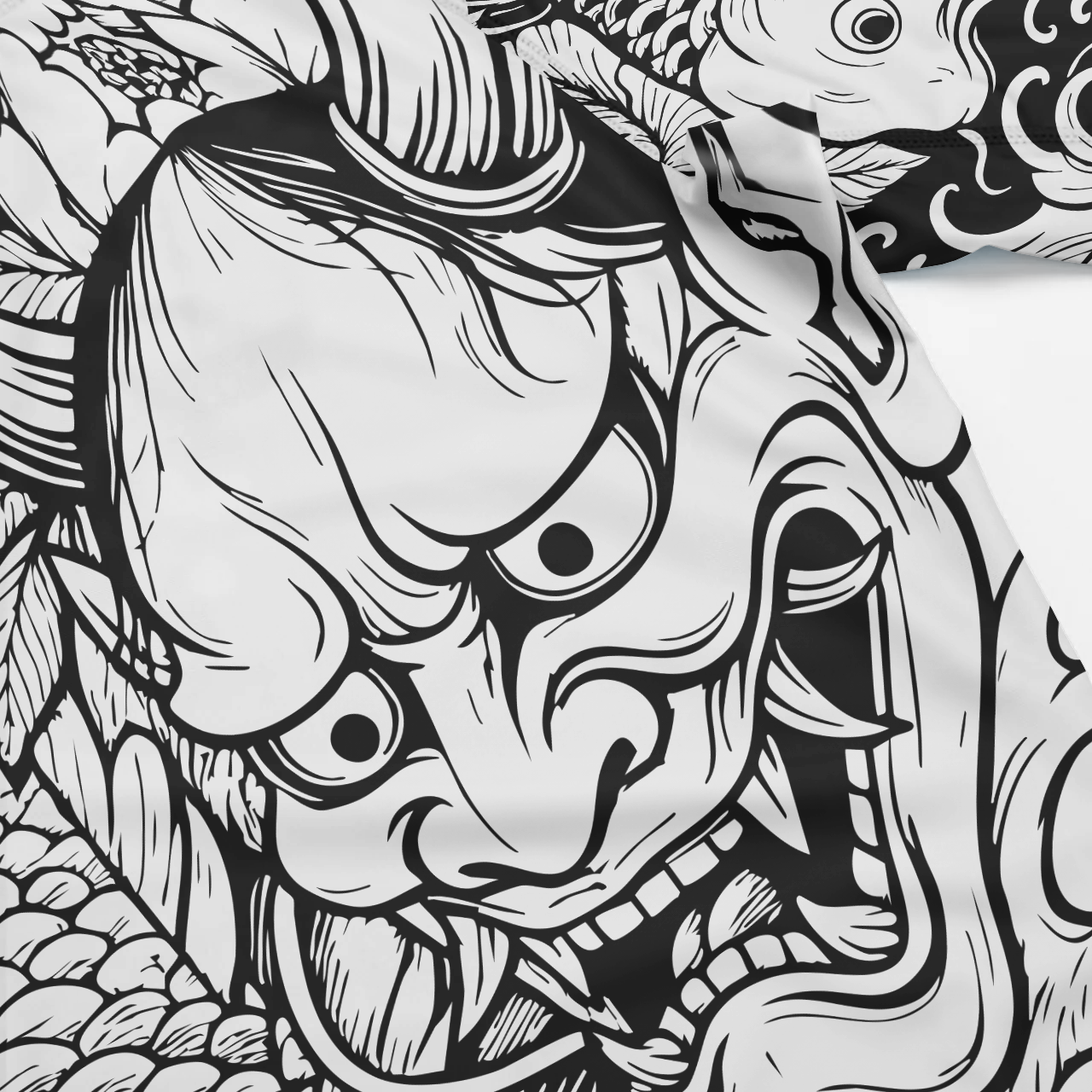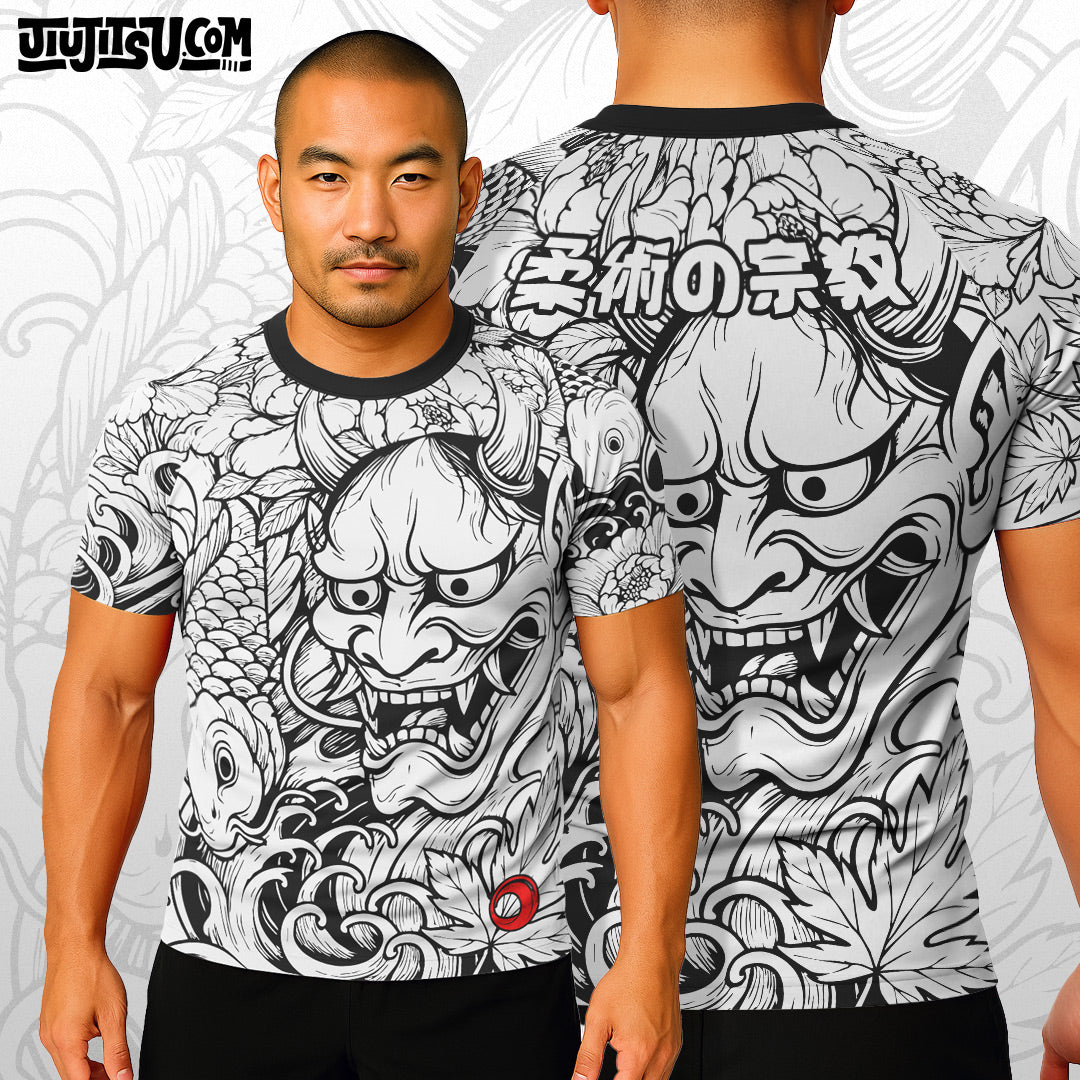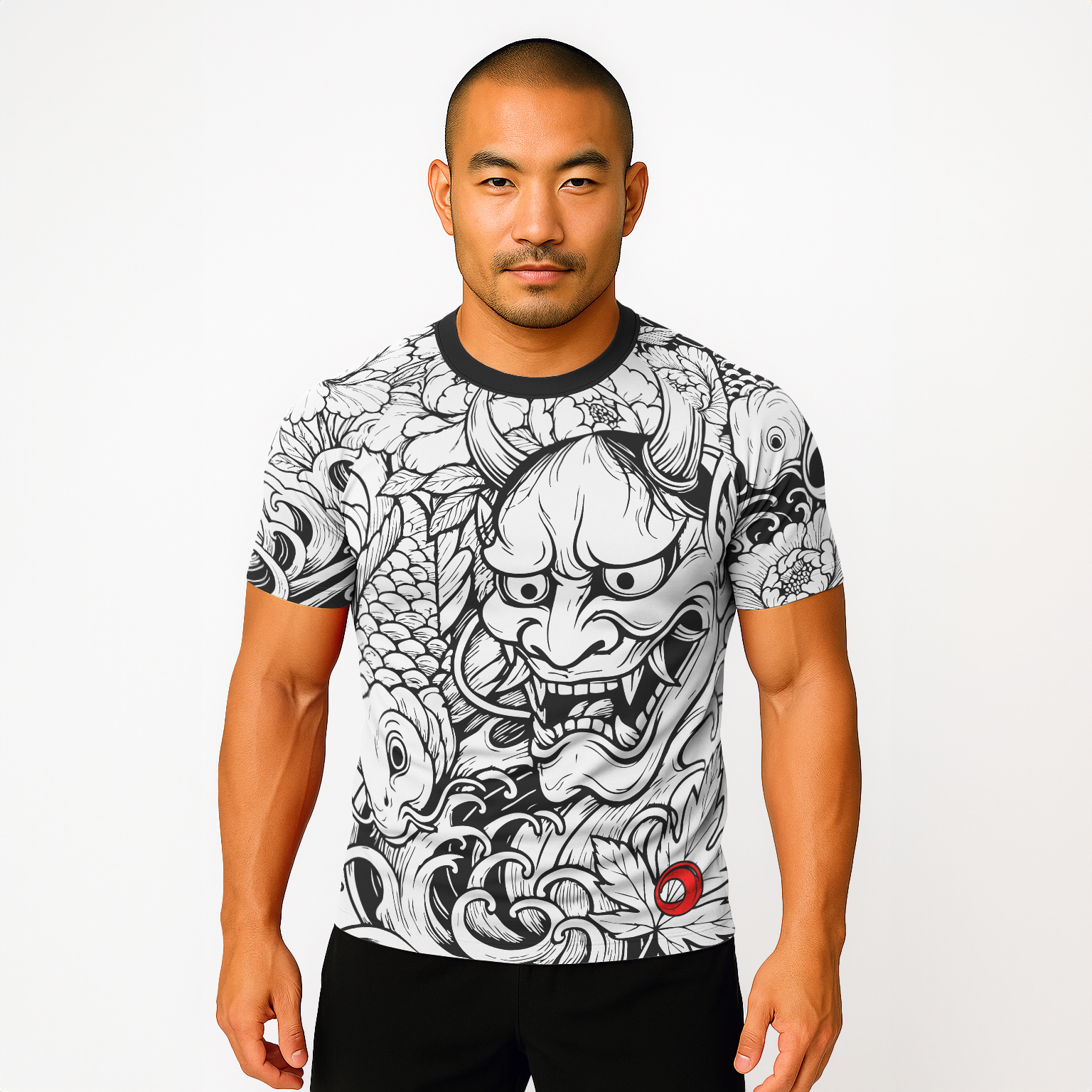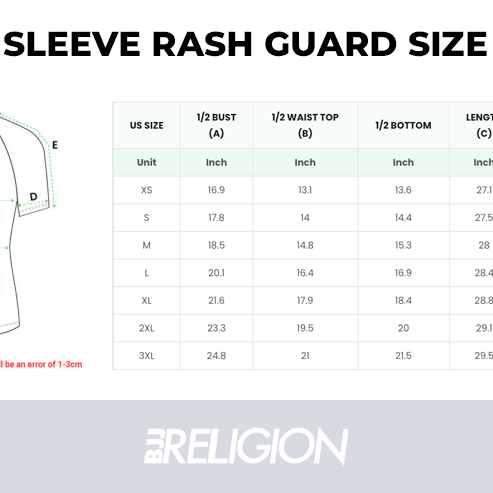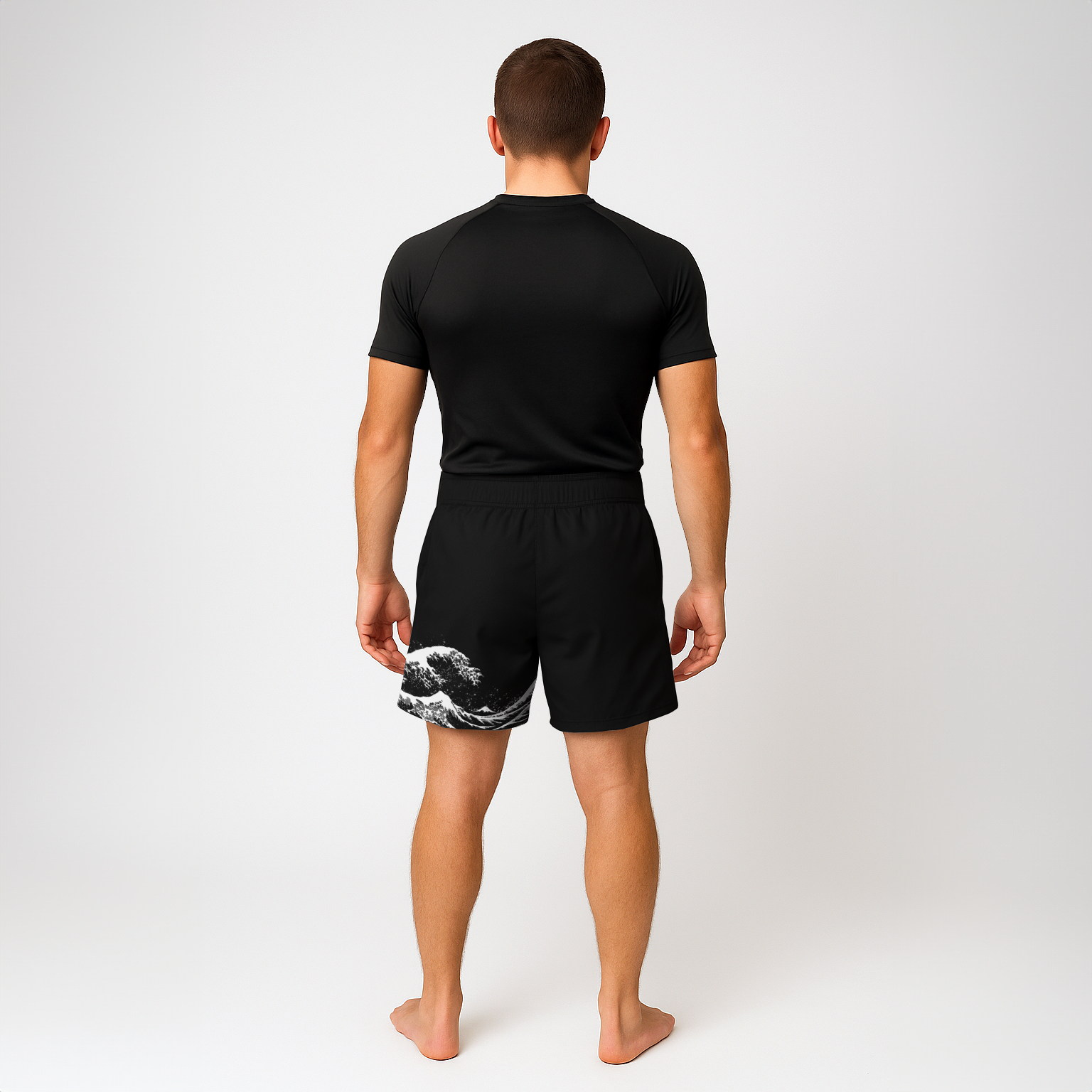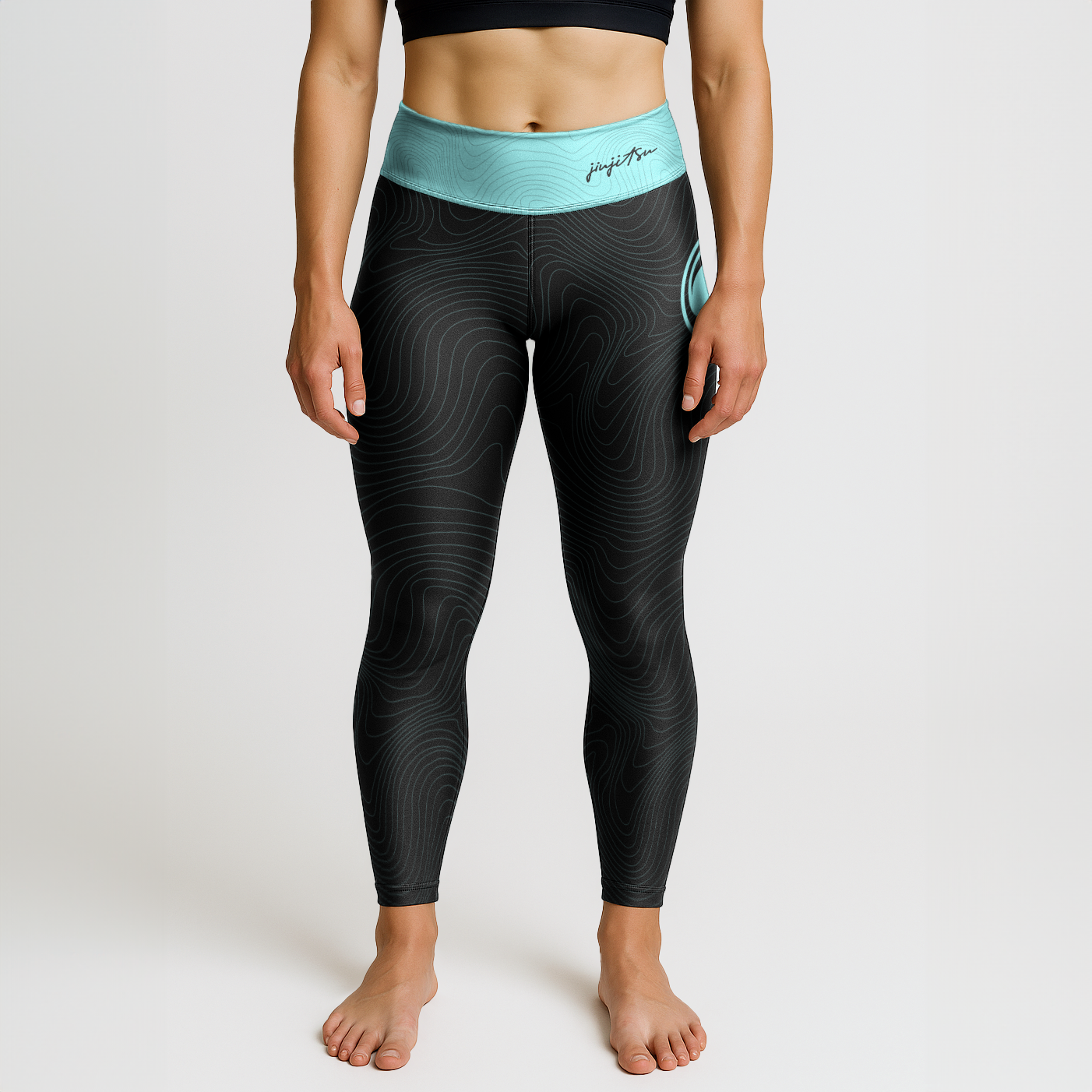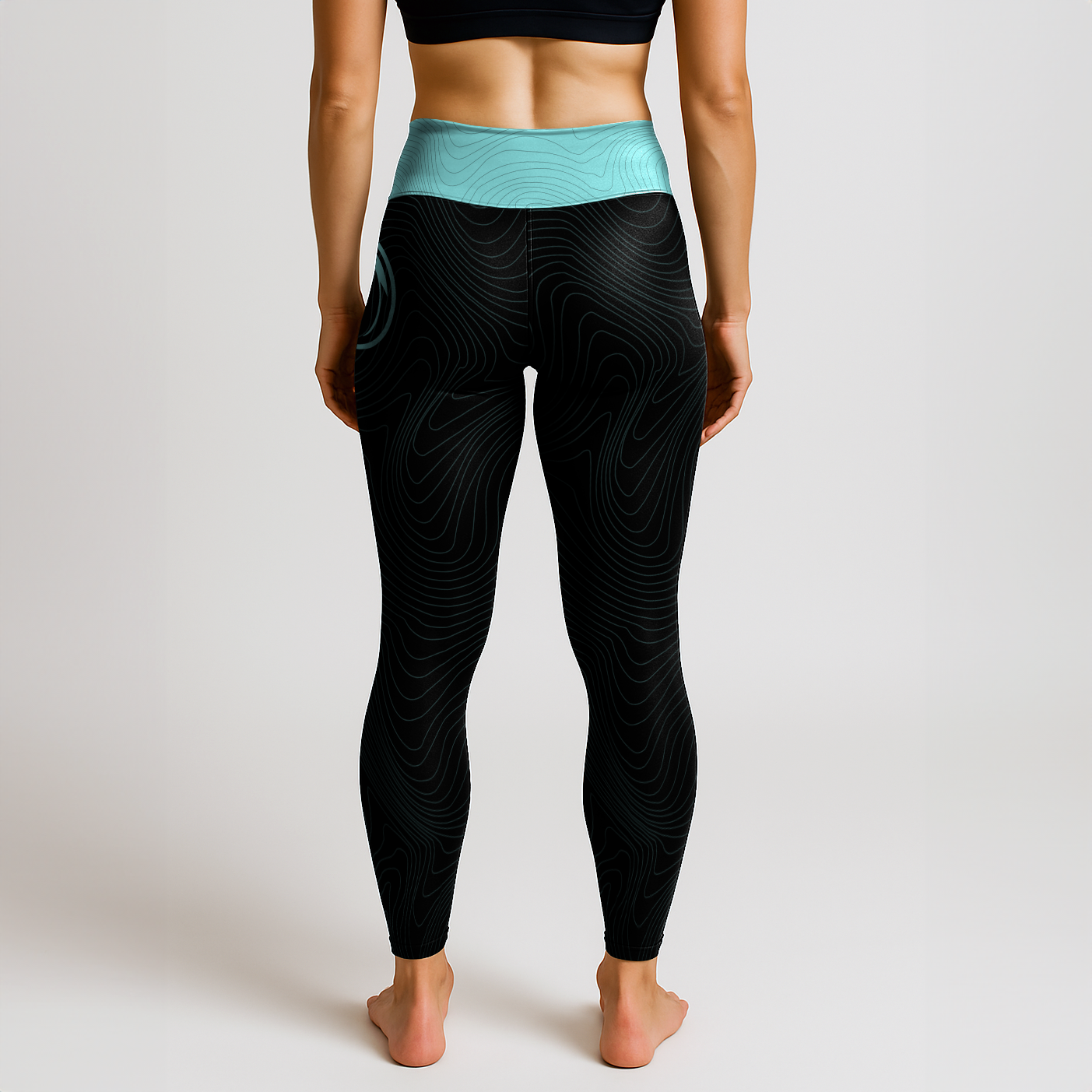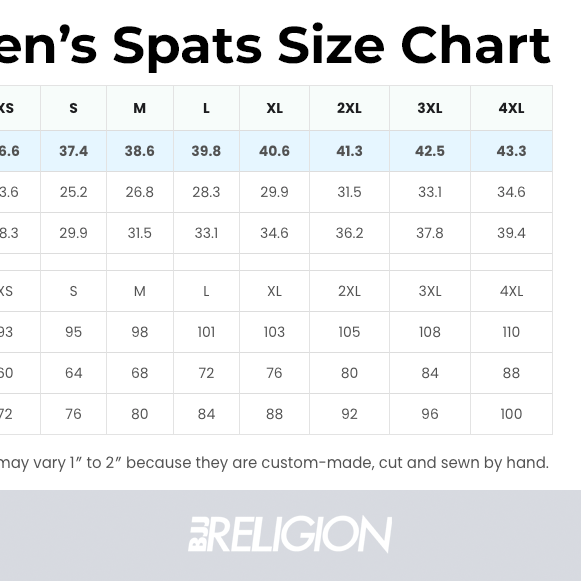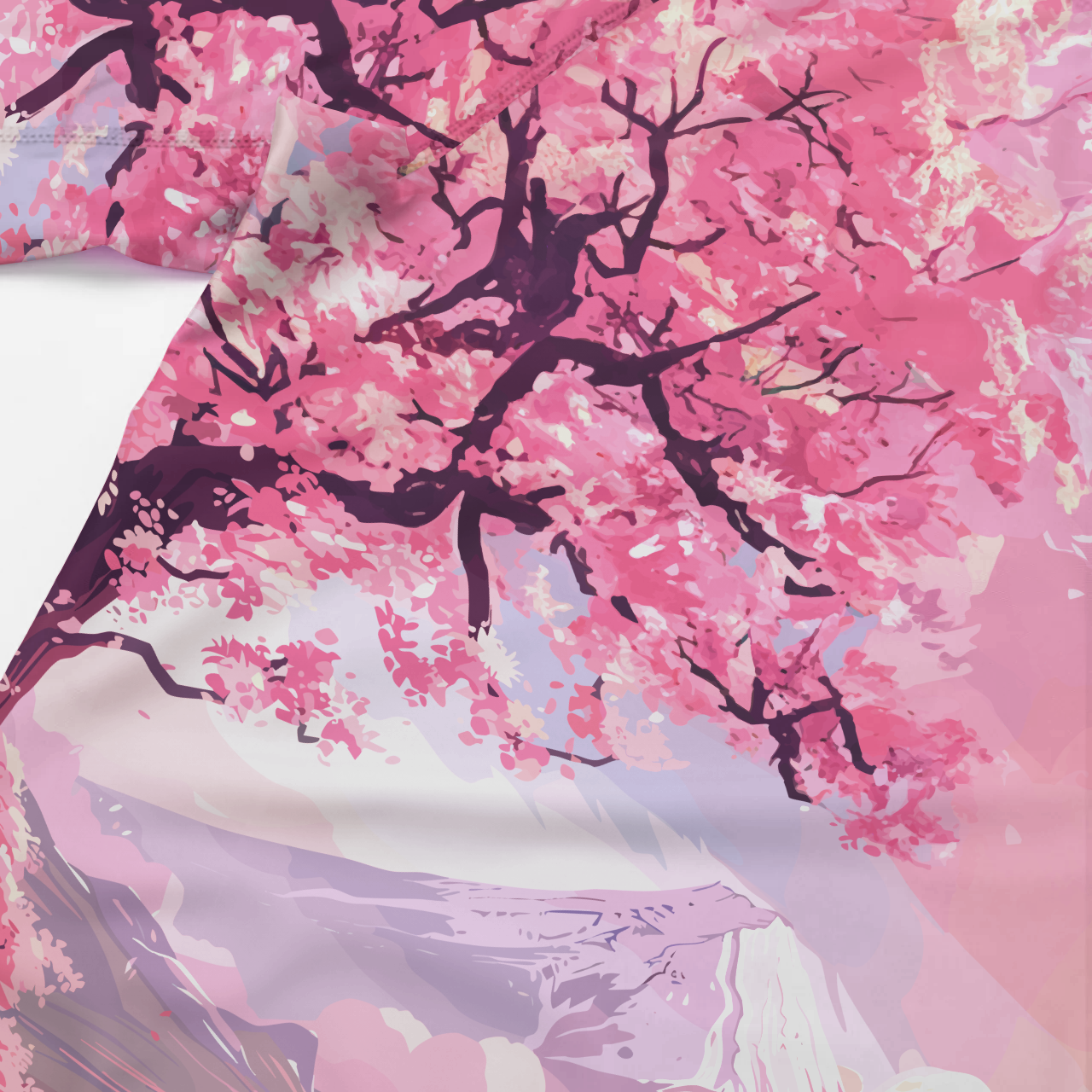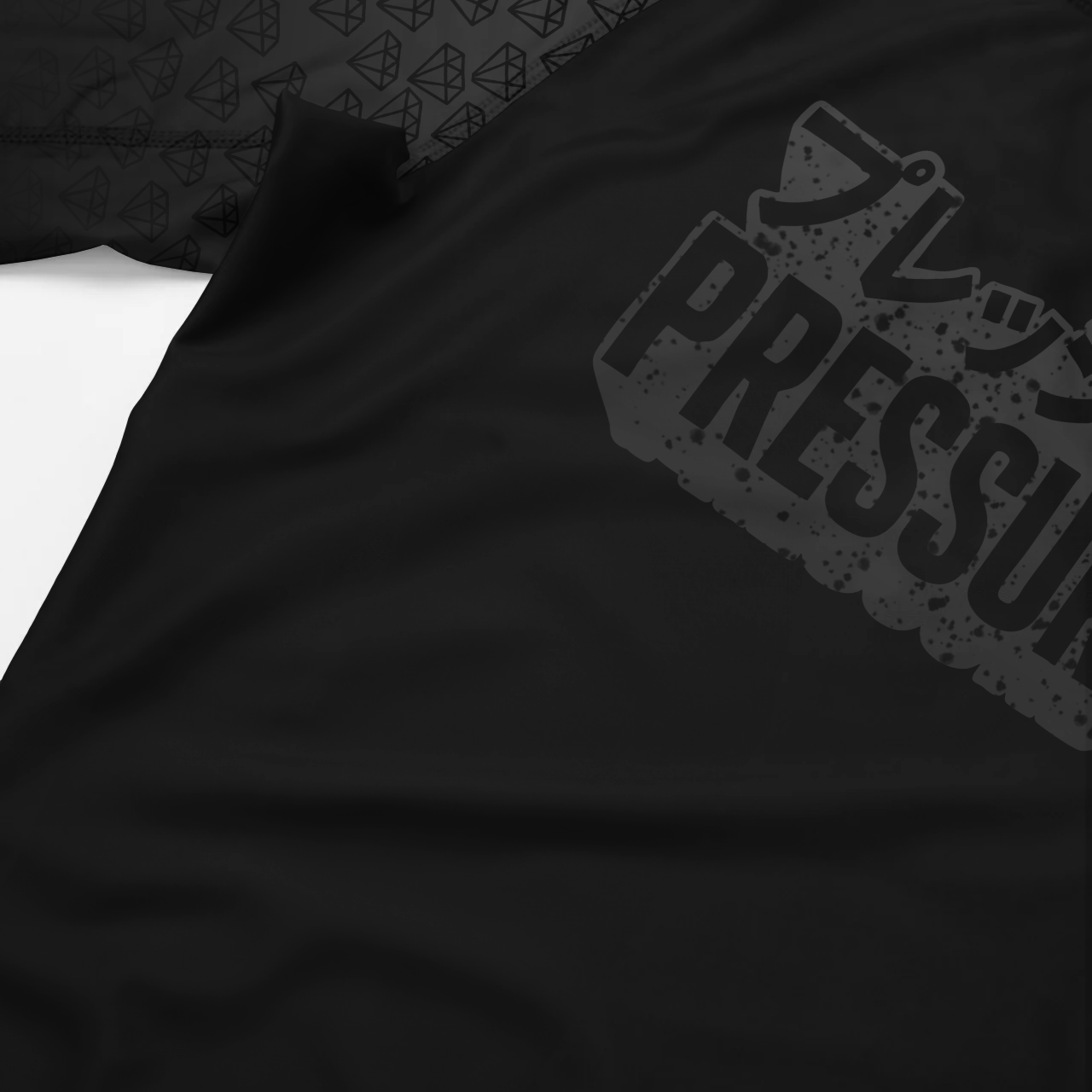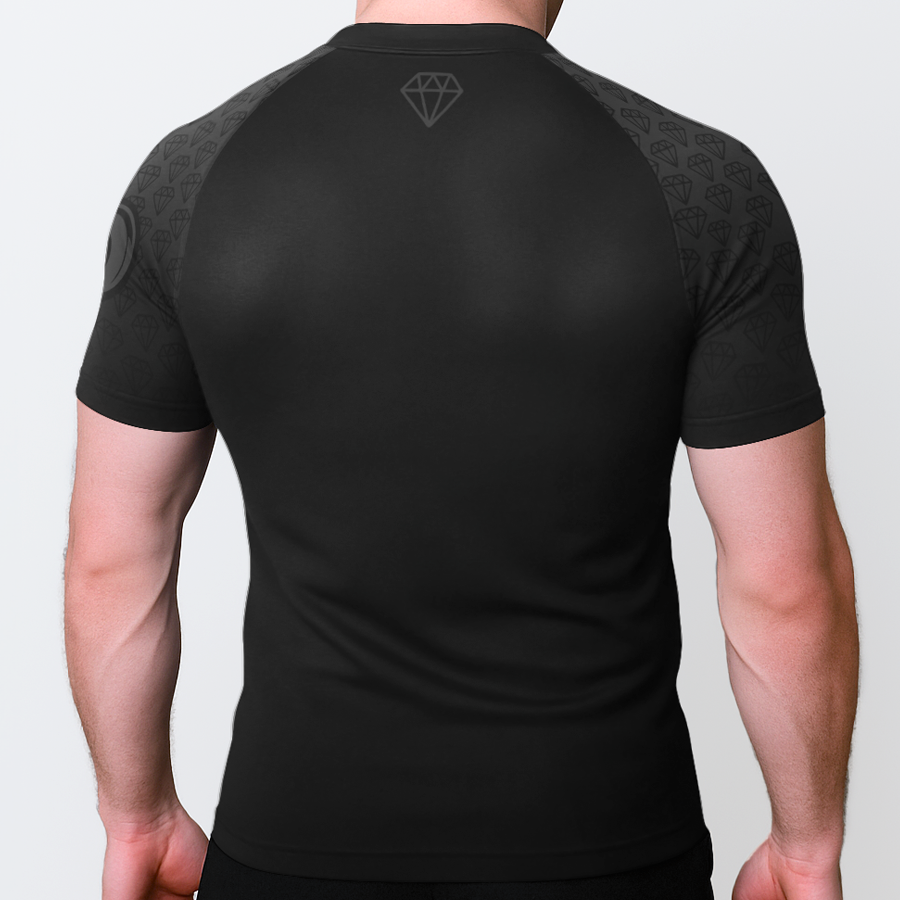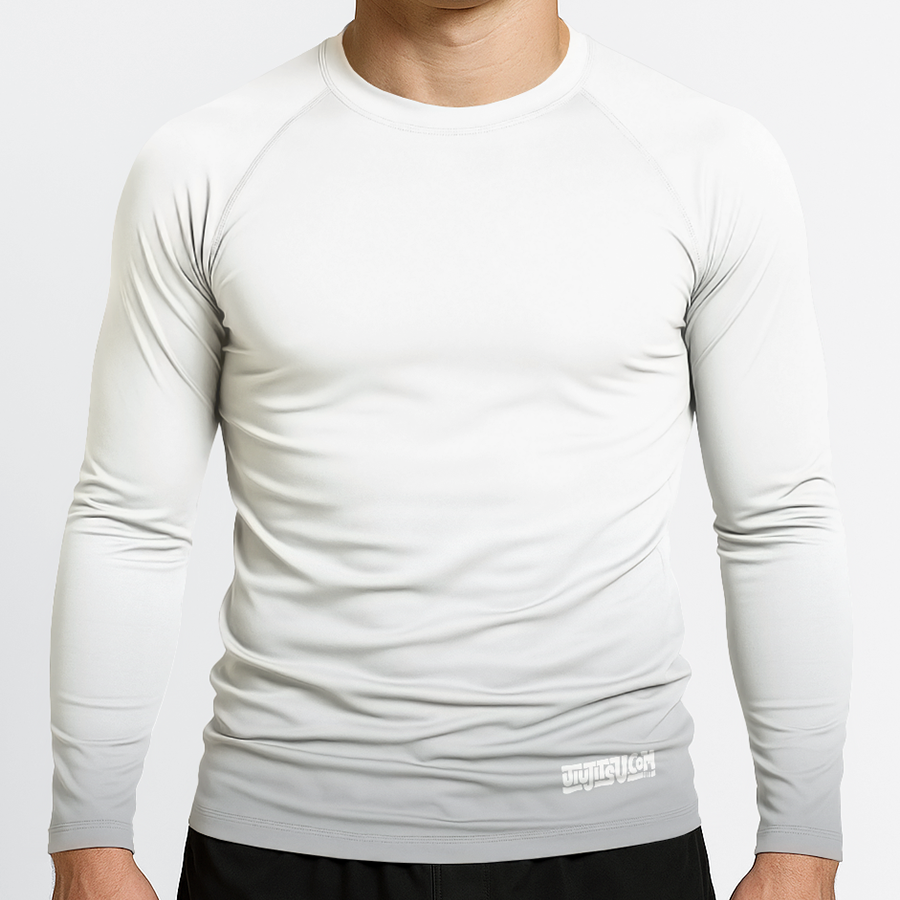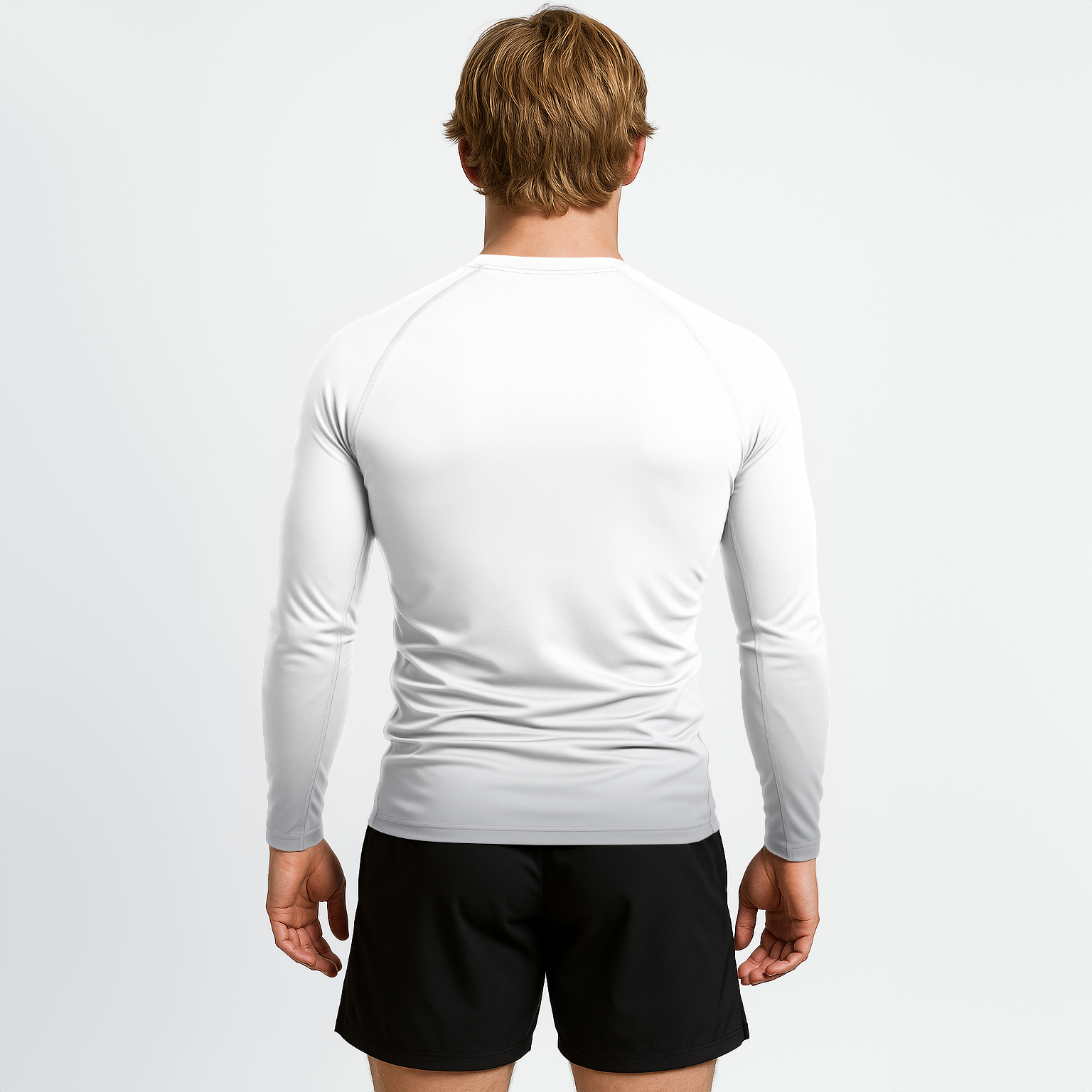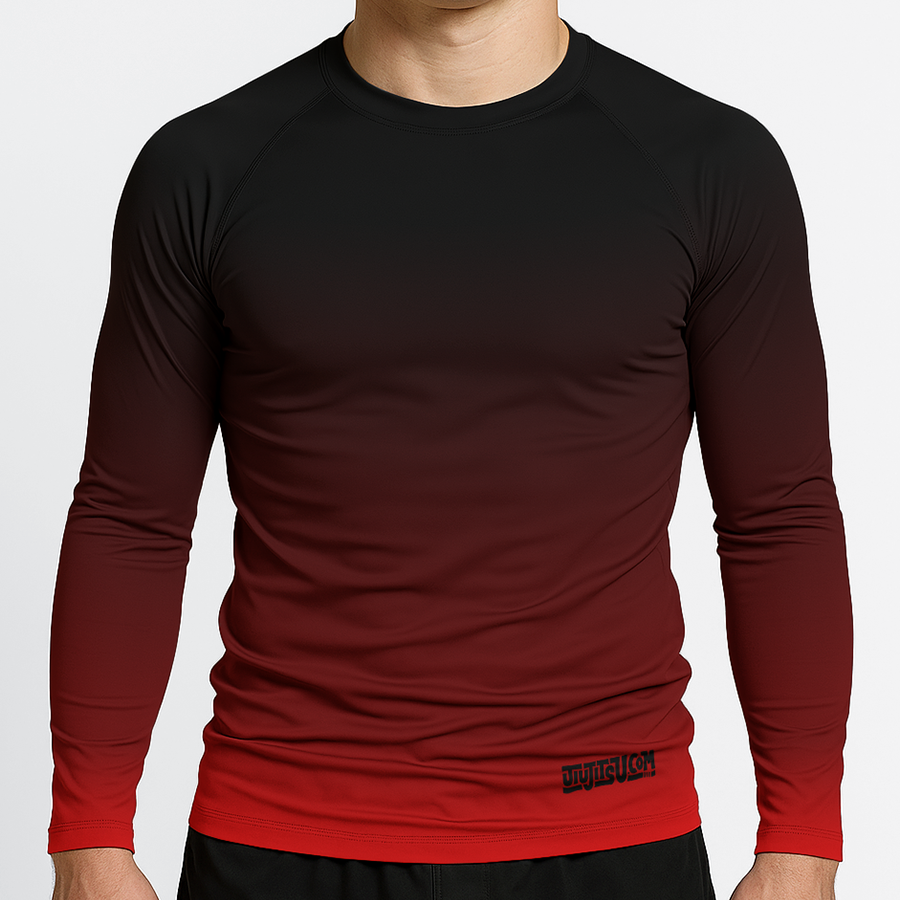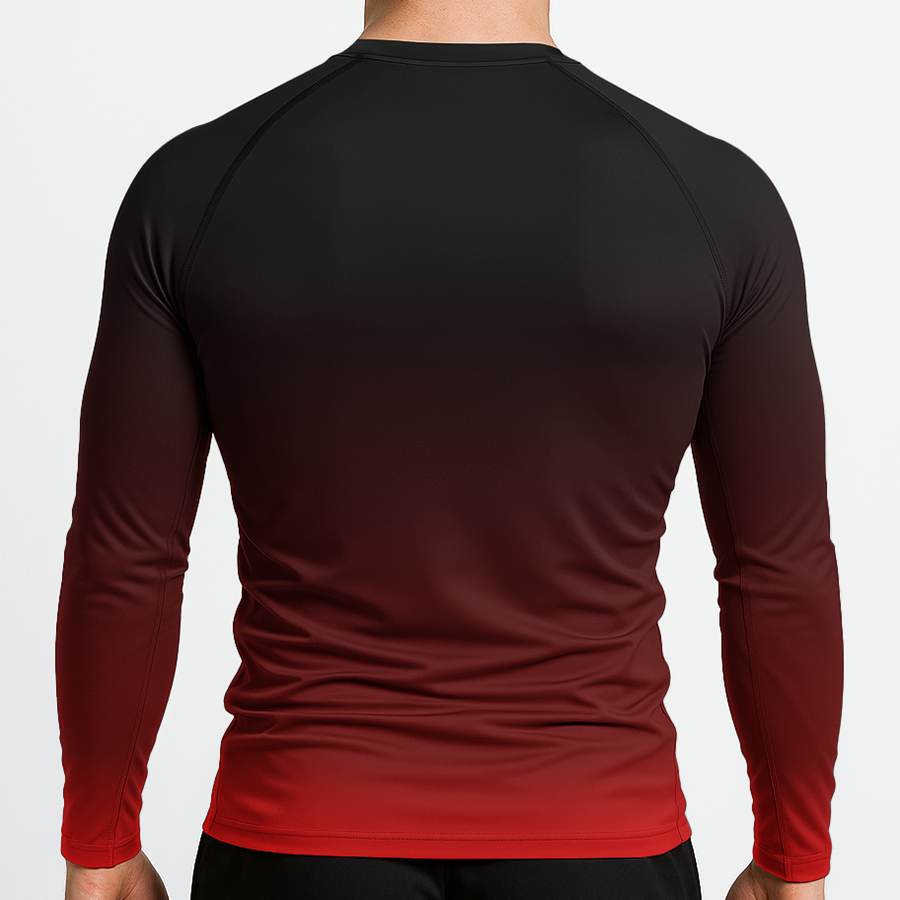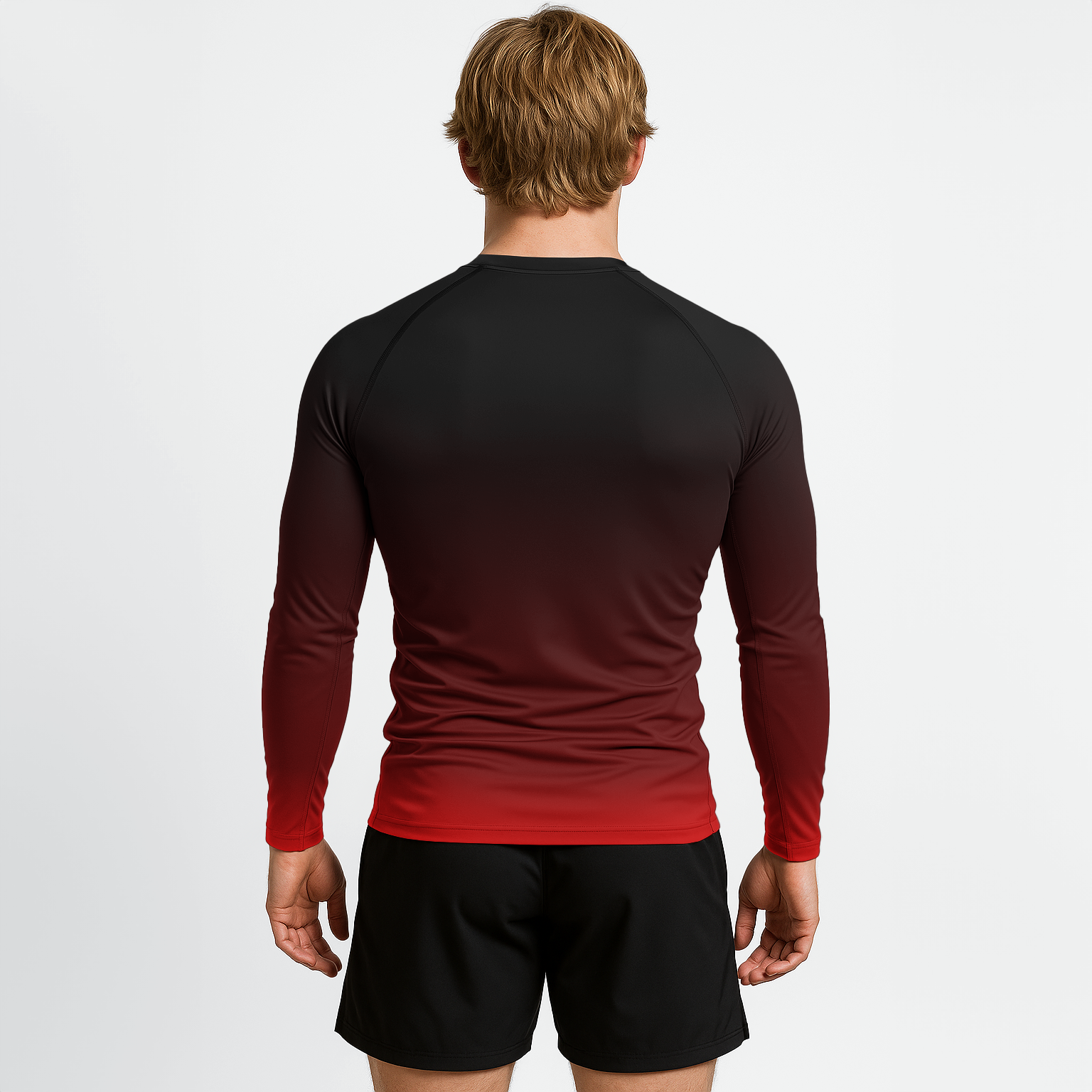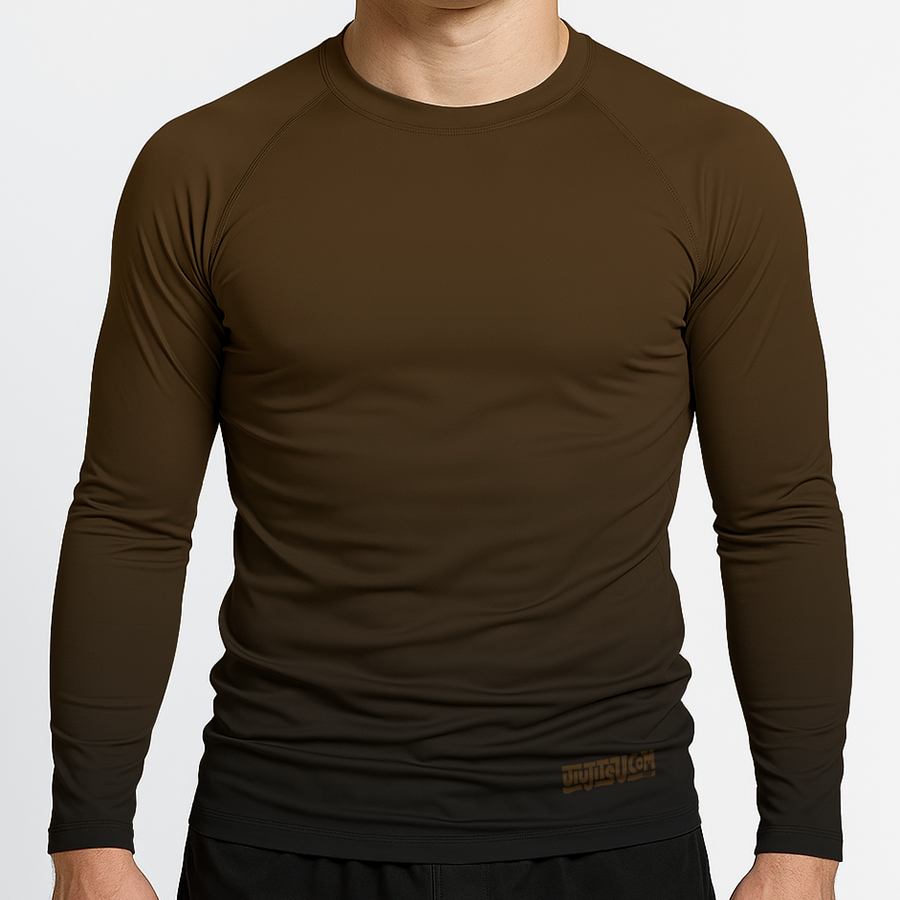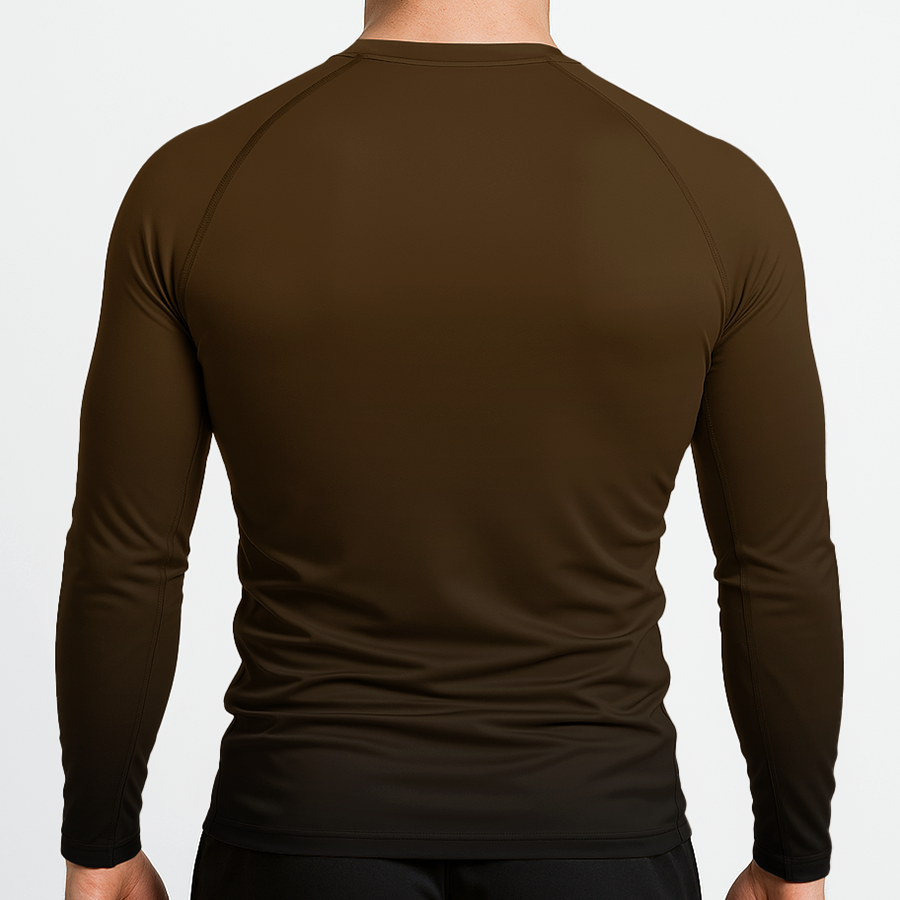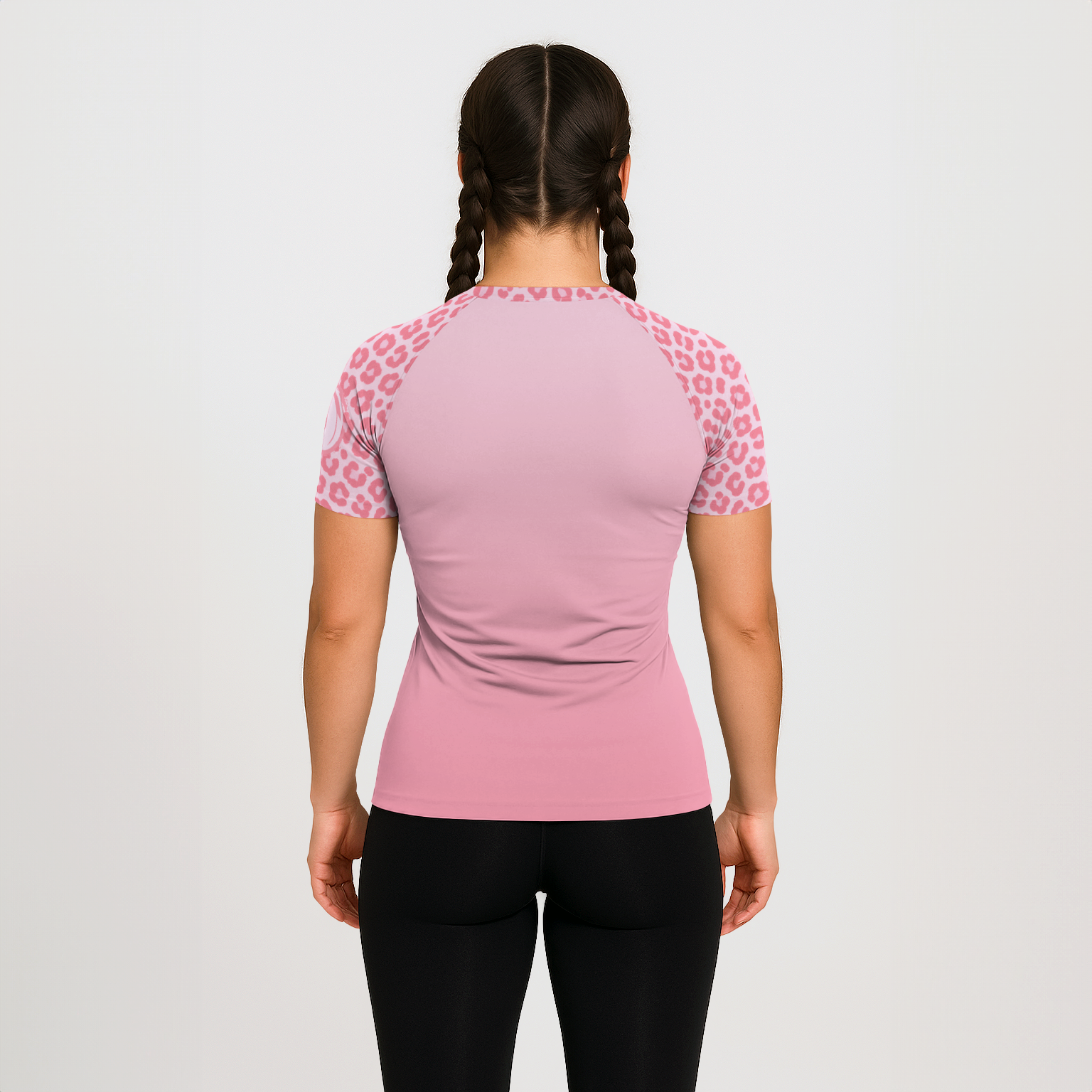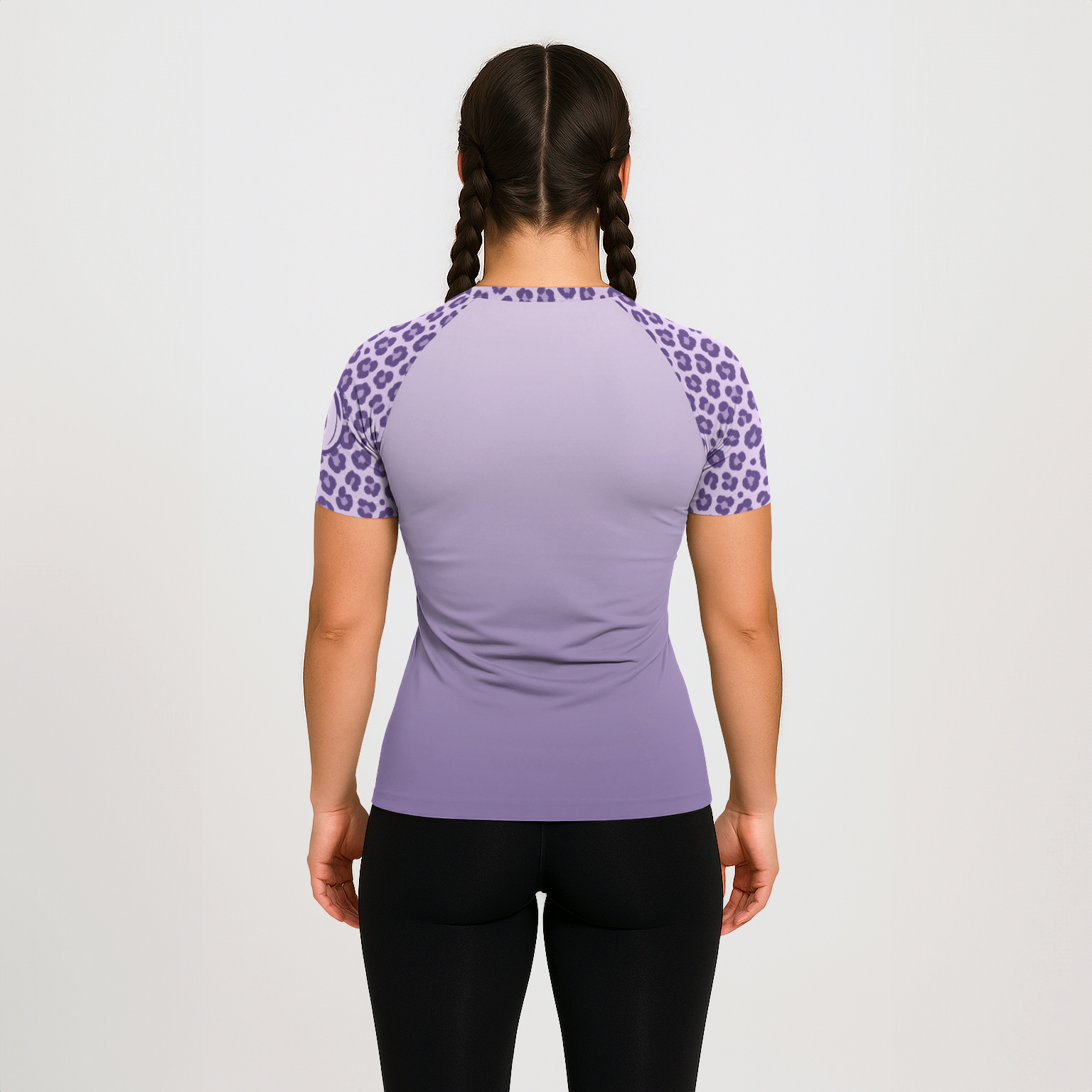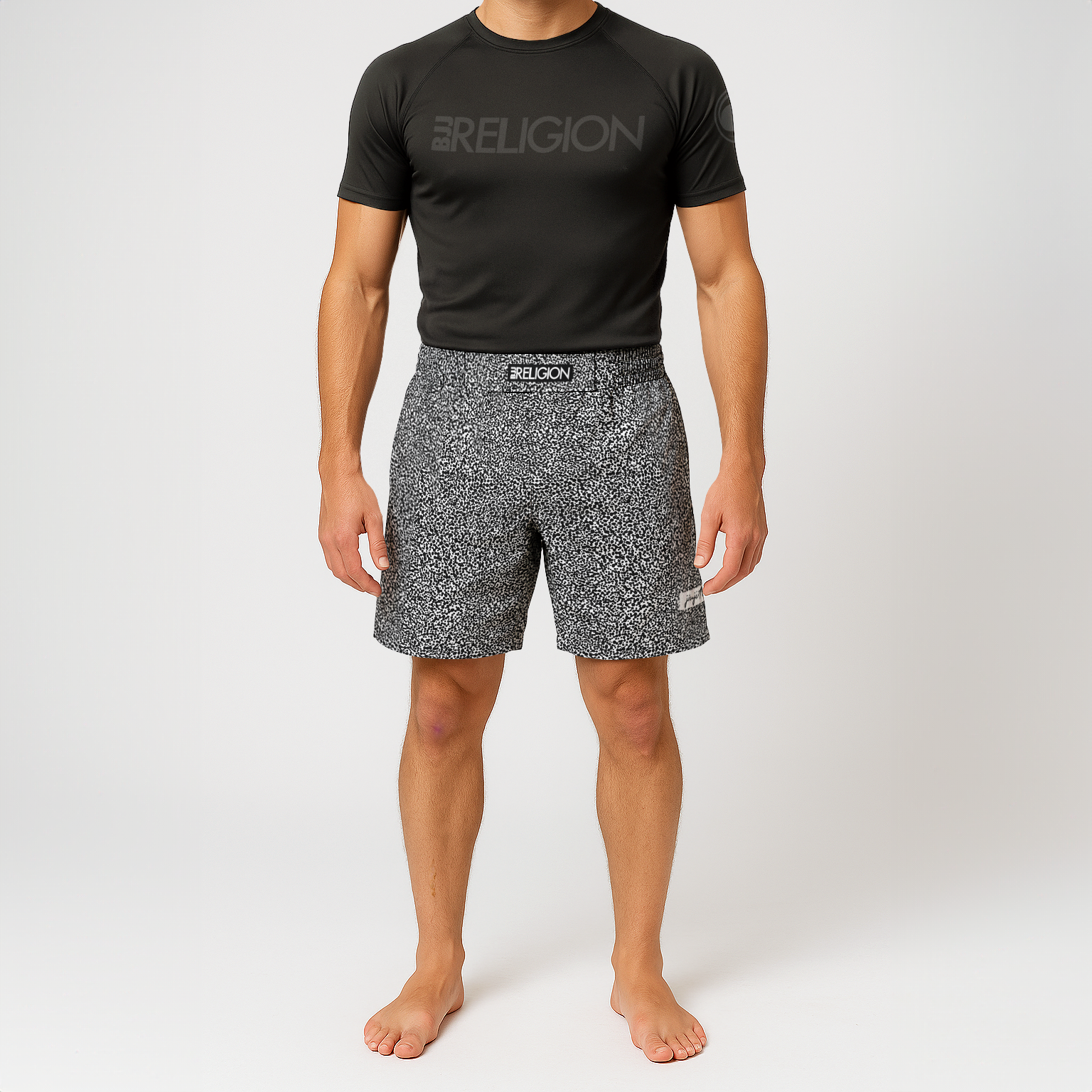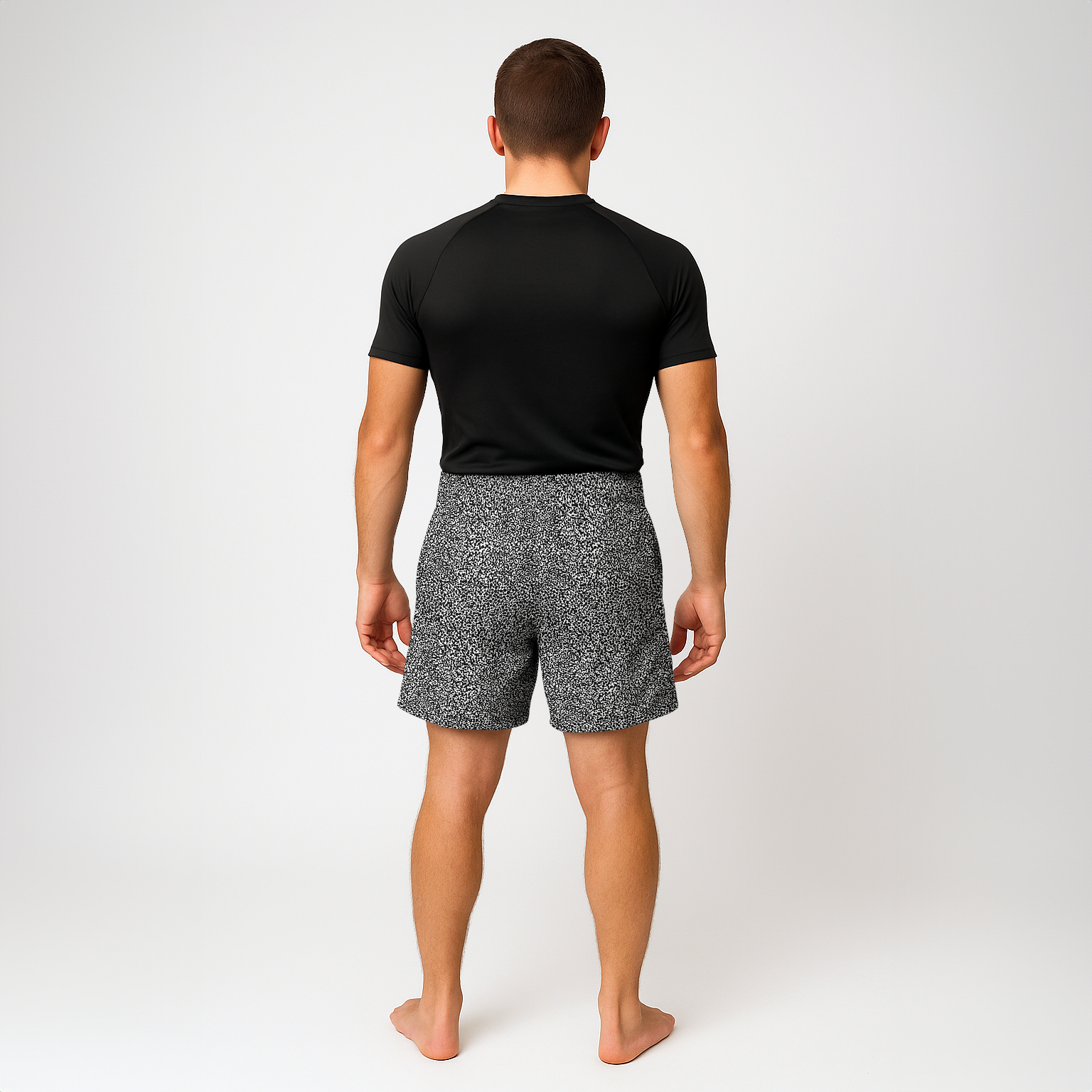What is the difference between Brazilian Jiu Jitsu and Judo?

Brazilian Jiu Jitsu is a martial art that focuses on ground fighting and grappling, the aim being to take down an opponent with chokes or joint manipulation. Once immobilized, Brazilian Jiu Jitsu practitioners apply submissions like chokeholds or joint locks in order to force opponents into submission.
Judo is a martial art focused on “throwing” your opponent to the ground or using them as leverage to take them down to the ground. It’s similar in some ways to Jiu Jitsu, but Judoka train most often for throwing rather than grappling and submissions which are seen as secondary options.
History of Judo & Brazilian Jiu Jitsu
Judo is an Olympic sport (since 1964) and it remains one of the most popular martial arts in the world. In Brazil Jiu Jitsu has grown tremendously over the last 40 years, with no signs of slowing down anytime soon. And while these two sports are similar they are different disciplines altogether that require distinct skill sets to be mastered for long term success.
 Both sports have been around for over 100 years, with judo being older than brazilian jiu jitsu by about 40 years. Judo was created by Kano Jigoro (嘉納 治五郎) in 1882, who taught the art form at Tokyo University. The name judo was derived from ju which means gentleness and Do, meaning the way or path; together ju-do meant gentle way. Jiu Jitsu on the other hand was first used to describe a martial art practiced by Japanese farmers for hundreds of years called Kito-Ryu Kempo, which if translated into English is “the martial arts of the farmer’s hands”. When Judo made it’s way to Brazil in 1914, the Gracie family embraced it and decided to incorporate the techniques they learned into their fighting style. In Brazil Jiu Jitsu came to be known as Gracie Jiu Jitsu.
Both sports have been around for over 100 years, with judo being older than brazilian jiu jitsu by about 40 years. Judo was created by Kano Jigoro (嘉納 治五郎) in 1882, who taught the art form at Tokyo University. The name judo was derived from ju which means gentleness and Do, meaning the way or path; together ju-do meant gentle way. Jiu Jitsu on the other hand was first used to describe a martial art practiced by Japanese farmers for hundreds of years called Kito-Ryu Kempo, which if translated into English is “the martial arts of the farmer’s hands”. When Judo made it’s way to Brazil in 1914, the Gracie family embraced it and decided to incorporate the techniques they learned into their fighting style. In Brazil Jiu Jitsu came to be known as Gracie Jiu Jitsu.
Brazilian Jiu jitsu has since flourished beyond belief since then with millions of practitioners all over the world practicing and mastering the art form for self defense, sport and competition. With an estimated 20 million brazilian jiu jitsu practitioners globally, it remains one of the most popular martial arts practiced today.
Judo vs Jiu Jitsu Rules
The rules for these two sports are similar, but there are some differences in scoring. In Jiu Jitsu, the ultimate goal is to submit your opponent. In judo the aim is to either throw your opponent with enough force that they land on their back, or pin them to the ground where they have no way of defending themselves. You can also submit your opponent in judo, however most matches return to the feet quickly after an attempted throw.
 In judo there are 3 main ways to score points, ippon (full point), waza-ari (half point) and yuko (quarter point). Ippon is the highest form of scoring, this happens when you throw your opponent with enough force that they land clearly and visibly on their back. Waza-ari is a half point and it’s awarded if your opponent lands on their side or front after being thrown to the ground. Yuko is similar to waza-ari but the only difference is that instead of landing on their side or front, your opponents arms are not touching the floor therefore making them unable to prevent themselves from falling over completely.
In judo there are 3 main ways to score points, ippon (full point), waza-ari (half point) and yuko (quarter point). Ippon is the highest form of scoring, this happens when you throw your opponent with enough force that they land clearly and visibly on their back. Waza-ari is a half point and it’s awarded if your opponent lands on their side or front after being thrown to the ground. Yuko is similar to waza-ari but the only difference is that instead of landing on their side or front, your opponents arms are not touching the floor therefore making them unable to prevent themselves from falling over completely.
 In Jiu Jitsu, points can be scored through takedowns, sweeps, passing the guard, mount position, knee on belly moves and more. Points are earned through various advantages such as maintaining advantageous positions while in mount for a prolonged amount of time. There are also submission only rulesets for Jiu Jitsu where victory can only be awarded through submission.
In Jiu Jitsu, points can be scored through takedowns, sweeps, passing the guard, mount position, knee on belly moves and more. Points are earned through various advantages such as maintaining advantageous positions while in mount for a prolonged amount of time. There are also submission only rulesets for Jiu Jitsu where victory can only be awarded through submission.
Judo vs Jiu Jitsu Uniforms and Gis
In Brazilian Jiu jitsu, practitioners wear a BJJ gi with a belt to represent their rank. In Judo, the uniform is different depending on your grade (dan). There are 7 grades ranging from beginner (kyu) to the highest grade (dan).
Judo gis are required to be white or blue with no patches, while jiu jitsu gis can be of any color as long as it falls within the IBJJF rules.
Many jiu jitsu practitioners put patches on their gis to represent their schools, sponsors or instructors. In BJJ this is allowed as long as the patch is an approved IBJJF patch, though there are many other tournaments with more lenient rules.
Which Is Right For Me?
So what is the better martial art for you? Brazilian Jiu Jitsu or Judo? The answer to that question is simple – learn both!
Many Jiu Jitsu practitioners also study Judo in order to improve their takedown skills. Similarly, by studying Jiu-Jitsu, judo players can improve their grappling skills as at some point they will inevitably have to rely on their ground fighting and submission skills when the match hits the mat.
Now that you know the basics of both arts, it’s time to get started on your journey! Whether you’re competing or you just want to learn martial arts for self defense, Brazilian Jiu jitsu and judo are great places to start. In today’s world it only makes sense to know the basics of self defense.

